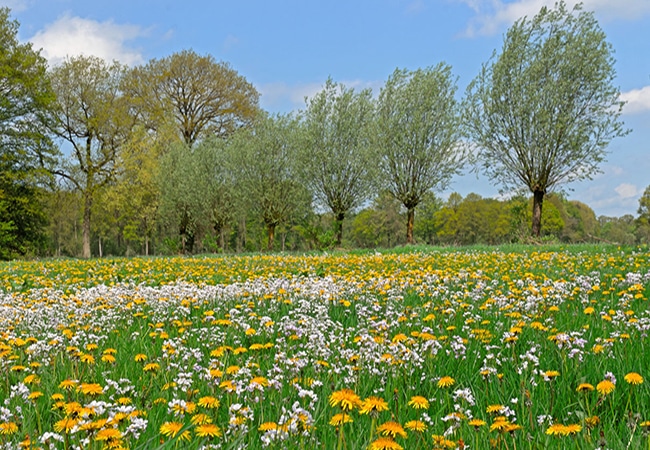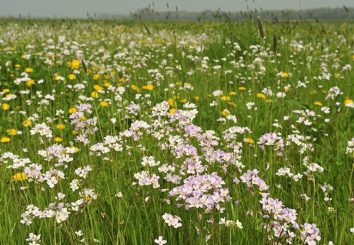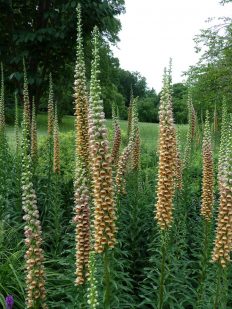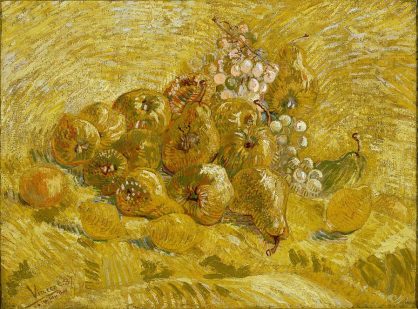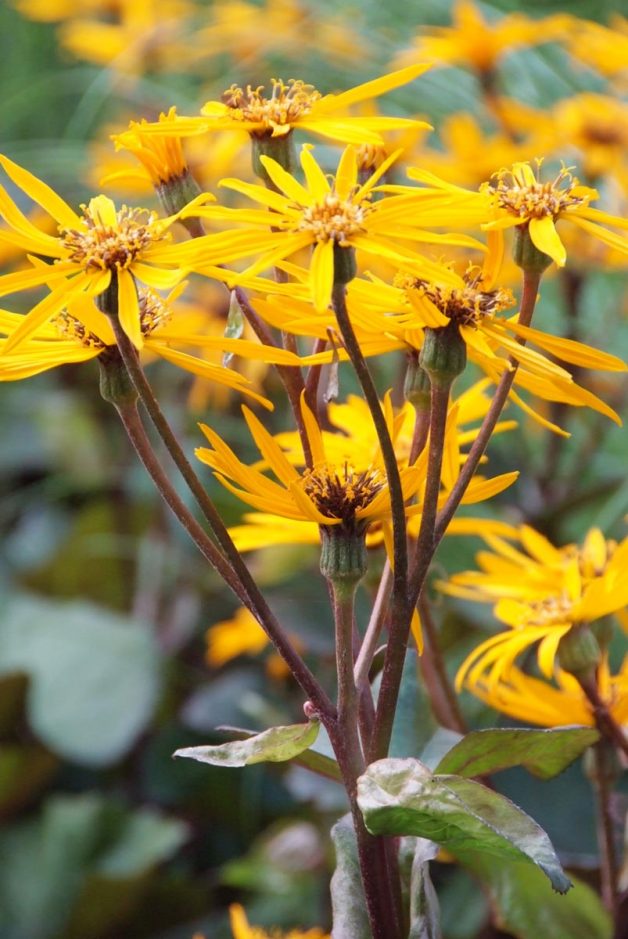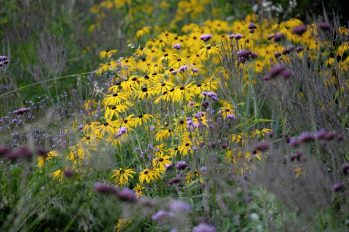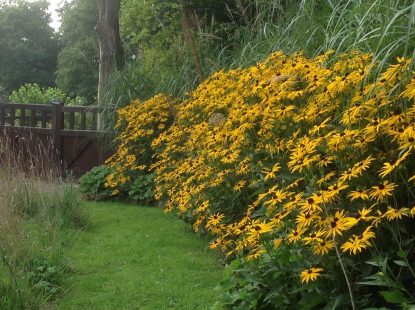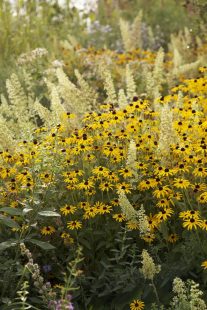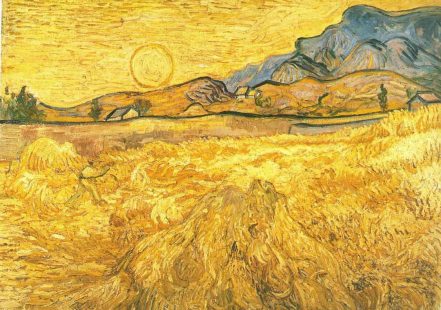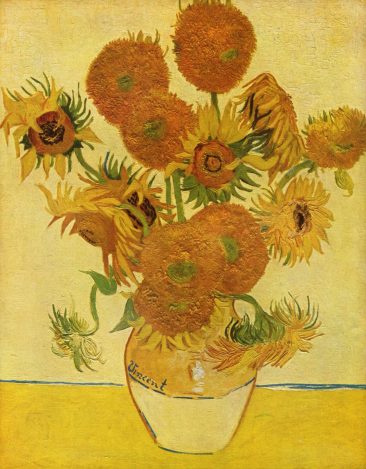Yellow
It is not my intention to deliver a lesson in colour theory now like: green, red and yellow are primary colours. Green is hope and peace, and fresh, young. Red is danger and passionate love. Yellow is sunny and cheerful.
The story here is more about the nature/garden experience of the colour yellow. About yellow as a colour versus the emotions it evokes, a broad spectrum in itself. From a springtime lemon/fresh yellow, via summery sunflower yellow to warm red then brown, the discolouration of autumn.
I consider September and October to be the months of consummate beauty. Trees, shrubs and herbaceous plants have reached their zenith and sag slightly. With a languid ‘that was it then’, I still see a single flower, a beautiful berry, nut or rose hip among many of them, not like a final effort, but more like they’re saying, ‘I’ll be here next year once again’.
September, October are the months of yellow, red and orange for me. Autumn sets in slowly. Many yellow plants are still clearly evident, such as: the Coneflower, the Goldenrod, the Ligularia dentata Othello. They continue to combine beautifully with the similarly long-blooming Asters, Persicaria, Aconitum carmachaelii ‘Arendsii’ and grasses. And what a fantastic palette of slowly discolouring leaves we get to see in this peaceful autumn: the Maple, the Linden, the Swamp Oak, the Poplar, and this is just the beginning! They are warm tints. I enjoy them and also inhale the scents of autumn. The rise and fall of the sun also amplifies these colours. That remains breathtaking.
During autumn, I hear spontaneous comments about the beautiful yellow colours in autumn, but in spring and summer yellow has a complex quality. It strikes me that the Netherlands and Belgium do not want yellow in the garden. An awful lot of garden lovers think that yellow is too hard, too dominant, dulls the beauty of blue, pink, red and purple, and distracts.
England, France and further south are not so rigid with this. Yellow, orange and red are easily combined. In spite of the fact that I like to use these colours, I also have to do my best to find these English and French colour combinations beautiful. Visiting those country estates and manors, I experience my encounter with yellow as surprising and warm from the very first moment, but when used in your own garden the yellow dulls the other understated beauties.
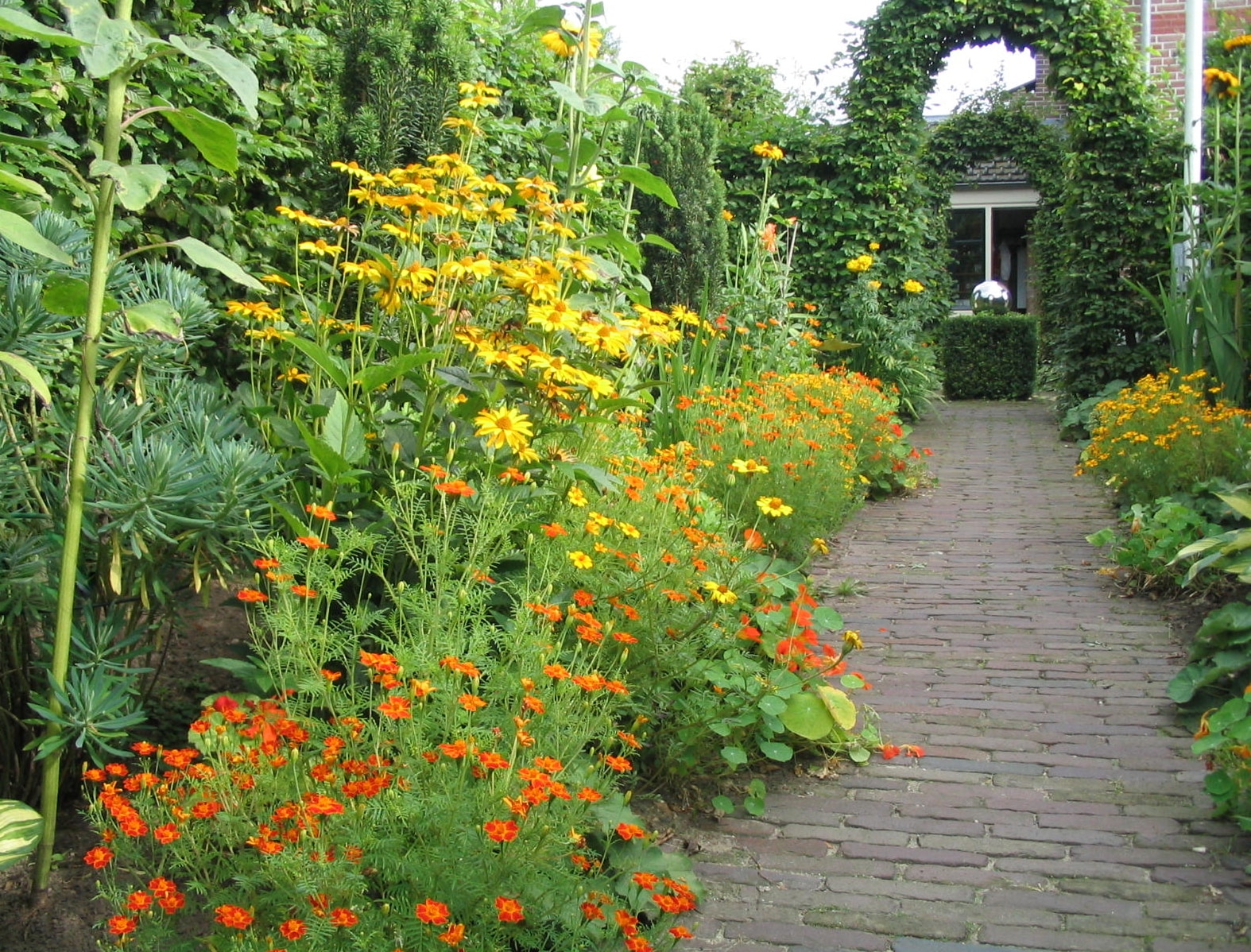
We are fine with yellow in nature; Dandelions in early spring in the meadow or blooming at the same time as the cow parsley by the roadside. Buttercups in a wet grassland where Cuckoo Flowers even grow sometimes. Oilseed rape fields, the yellow Iris on the waterfront and the Water Lily in the ditch.
Around 1983, when I still had to think about what kind of things you could create from gardens, the Forsythia was one of the most popular shrubs in the garden. Bright yellow for approximately 4 weeks until Easter, at which time this colour also played a leading role. Mien Ruys, the leading garden architect at that time https://nl.wikipedia.org/wiki/Mien_Ruys, whose work is still mentioned in gardening books throughout the world, used orange and yellow freely, without caution. That was possible then, gardens are also subject to fashion trends, but many of us are now scared of yellow.
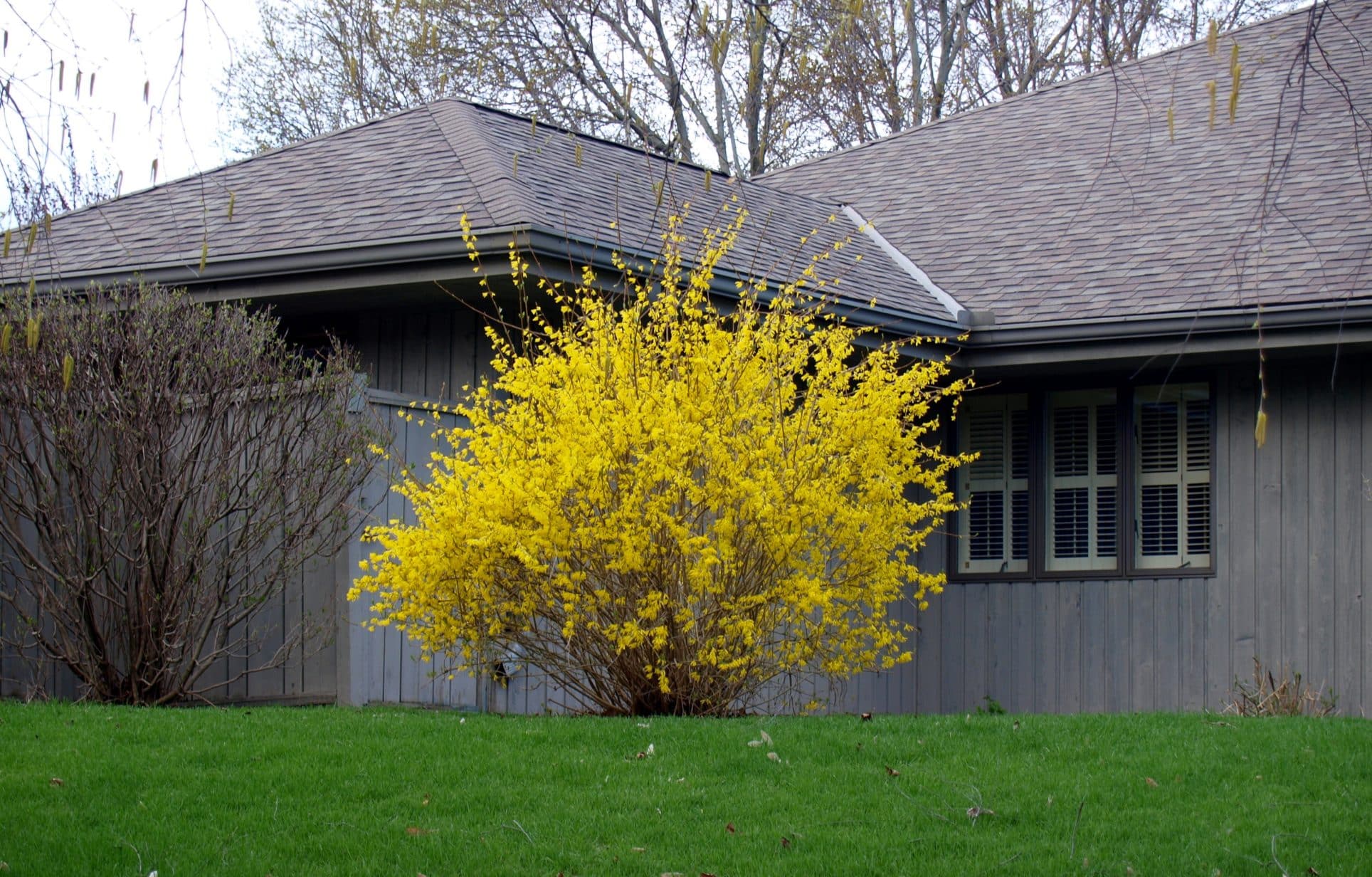
Yellow is like salt in the dish to me; sometimes I only use a dash of it and sometimes I need a large scoop of it. It should never dominate, but when used well, it allows you to experience the other tastes more intensely. There are so many shades of yellow, and even textures and refinements. The Fennel and Plume Poppy as lace curtains, the yellow Foxglove and Mullein as vertical element, the pale yellow Giant Scabious and the orange-yellow of the Sunflower. Sometimes, 1 yellow rose is already enough to experience several square metres of green and colour more intensely. Creating a planting scheme is like preparing a meal, for me the stone, wood and steel as the basis and the plants as versatile flavours. Yellow is an indispensable part of that, but I also do something contemporary with it. I don’t allow it to dominate.
One more thing for those who are starting to lose yellow. Early in the morning in April, I got up around six. I see the sun like an orange slice, reddish orange in colour, above the horizon. Within an hour, it changes from a deep yellow ochre to bright yellow, and half an hour later it’s white. Vincent van Gogh was inspired by the yellow of the sun. That is indeed a special yellow. I see Van Gogh sitting down, he is surprised about the sandy yellow colour of the sprouting ears of wheat, with the sun on them from 5 o’clock, those fields become more intense, yellower and yellower. The sun does him good, the warmth is the colour, the colour is the sun. When I experience the painting, the still life with the yellow fruit, the fruit is in harmony with each other. On the one hand, I feel the interconnectedness of the fruit with their background as a result of the same colour, while at another moment the kindred fruit feel detached from the lighter yellow background, actually a little terrifying. In the painting of the dried sunflowers, the different hues of yellow are manifested wonderfully with shades of blue as background. How beautiful that yellow is here, masterful! Van Gogh, an artist with the colour yellow. Perhaps yellow will become fashionable once again within a few years…
